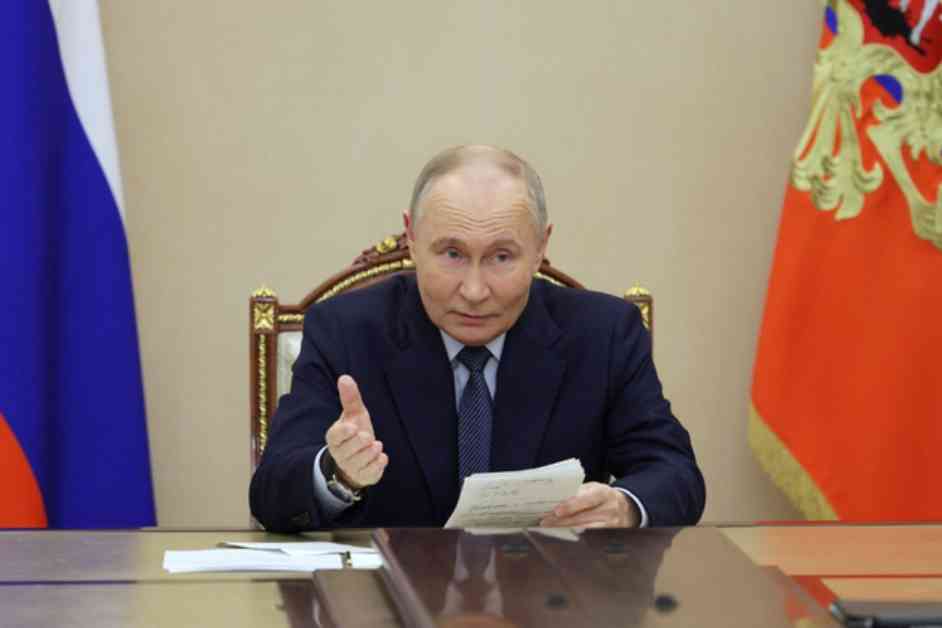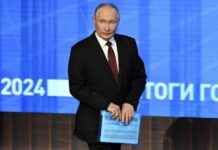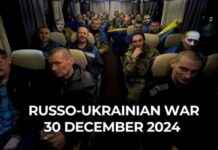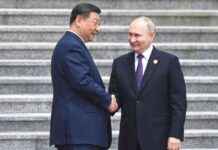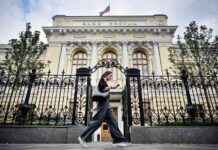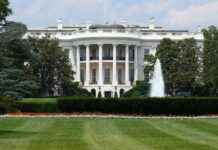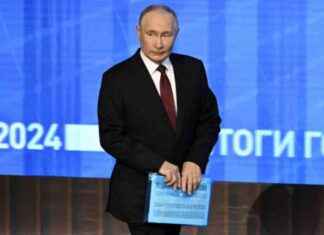Russia Considers Using Frozen Assets to Rebuild Ukraine
In a surprising turn of events, Russia is contemplating utilizing a portion of the $300 billion to $350 billion in frozen assets for the reconstruction of war-torn Ukraine. However, there is a catch – a stipulation that some of the funds must be allocated to the territories currently under Russian occupation. This proposal emerges amidst ongoing talks between Russia and the US to seek an end to the conflict, with discussions held in Saudi Arabia on February 18th.
Potential Aid for Ukraine’s Reconstruction
Since the invasion of Ukraine by Russia in 2022, Western nations have imposed sanctions that led to the freezing of a substantial amount of Russian sovereign assets, primarily government bonds held in Europe, the US, and the UK. The idea of using these frozen reserves for Ukraine’s rebuilding, though not previously disclosed, indicates a potential shift in Russia’s stance and willingness to engage in negotiations to bring an end to the conflict.
According to sources familiar with the discussions in Moscow, Russia is contemplating allocating up to two-thirds of the frozen assets towards Ukraine’s reconstruction under a potential peace agreement. However, this allocation comes with the condition that there must be stringent oversight measures in place. The remaining funds would be designated for the Russian-controlled regions in eastern Ukraine, which Russia now considers as its own territory. The Kremlin has refrained from providing official comments on these discussions, and sources speaking to Reuters have opted for anonymity due to the sensitive nature of the subject.
Rebuilding Amidst Devastation
The consequences of the war in Ukraine have been catastrophic, with parts of eastern Ukraine left in ruins, hundreds of thousands of casualties, and millions displaced from their homes. Nearly a year ago, the World Bank estimated that the cost of rebuilding Ukraine could soar to nearly $500 billion. The consideration of using frozen assets for reconstruction, while a novel concept, could signal a willingness on Russia’s part to engage in diplomatic negotiations as efforts to end the conflict intensify between Washington and Moscow.
Challenges and Controversies
Despite the potential benefits of utilizing frozen assets for Ukraine’s recovery, there are significant challenges and controversies surrounding this proposal. Reports suggest that some Western officials, particularly in Germany and the European Central Bank, are cautious about confiscating these funds, citing legal complexities and concerns about the impact on the stability of the euro. Russia has vehemently opposed the freezing of sovereign reserves, arguing that it violates free market principles and undermines global financial stability. In response, Moscow has drafted legislation aimed at seizing assets from companies in countries deemed “unfriendly” for imposing sanctions on Russia, although the bill is yet to be passed in the Russian parliament.
The Road Ahead
As the discussions around the potential use of frozen assets for Ukraine’s reconstruction continue, the path to reaching a comprehensive peace agreement remains uncertain. The complexities, nuances, and geopolitical tensions surrounding the conflict in Ukraine underscore the challenges of finding a lasting resolution that satisfies all parties involved.
As the world watches with bated breath, the fate of Ukraine and the broader implications for global security hang in the balance. The decisions made in the coming days and weeks could shape the future of the region and have far-reaching consequences for international relations. The willingness of Russia to consider utilizing frozen assets for Ukraine’s reconstruction opens a window of opportunity for dialogue and negotiation, offering a glimmer of hope in the midst of turmoil and devastation.
